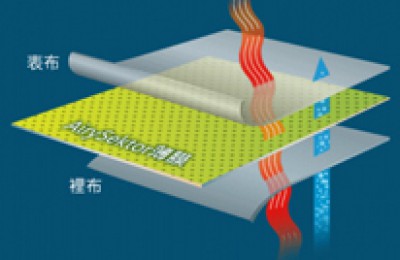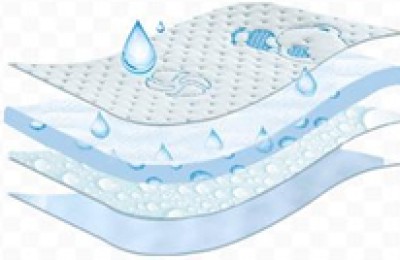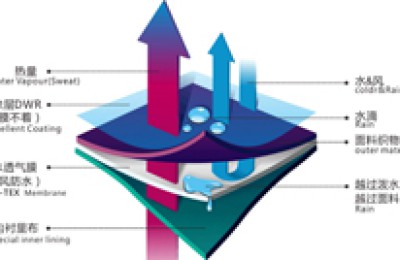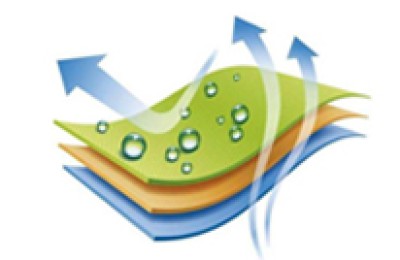On July 8, the polyester filament market performance in Jiangsu and Zhejiang regions recovered. The average production and sales of mainstream manufacturers were 130%-150%, and the production and sales capacity of some better factories were Reach 200%.
On July 9, the polyester filament market in Jiangsu and Zhejiang performed well. The average production and sales of mainstream manufacturers were 70%-90%. The production and sales of some better factories were reaches 120%.
On July 14, the polyester filament market in Jiangsu and Zhejiang performed well, with heavy FDY promotions. The average production and sales of mainstream manufacturers were between 90% and 110%, and some were relatively A good factory can achieve 180% production and sales.
On July 15, the polyester filament market in Jiangsu and Zhejiang performed well. The average production and sales of mainstream manufacturers were 70%-90%. The production and sales of some better factories were reaches 180%.
If you just look at this production and sales, it may give people the illusion that the market has been pretty good recently, but in fact, this seemingly “hot sales” The market is based on large-scale promotions and profit concessions from polyester factories.
“Big Sale” that lasts for one month
Promotion is a common method of doing business. Merchants reduce prices to attract consumers to buy their own goods. In the past, when the market was not good, polyester inventory was too high, and polyester manufacturers would use certain promotional methods to drive shipments, and the effect was good in most cases.
However, in recent times, polyester stocks have continued to rise. According to data monitoring from China Silk City Network, the overall inventory of the polyester market is now concentrated at 27-37 days; in terms of specific products, POY inventory is around 8-14 days, FDY inventory is around 19-26 days, and DTY inventory is around 27-37 days. About 27-38 days.
Under the pressure of high inventory, promotions seem It has become a routine method in the sales process of polyester factories, as if once there is no promotion, weaving companies will no longer buy silk.
But the fact is that even if there are promotions, some weaving companies still maintain the status of buying and using. The promotion activities in late June did not cause much fluctuation in the market. .
As for why production and sales seem to be getting better during this period Already? It’s not because silk is so cheap!
On July 8, the average production and sales of polyester filament in polyester factories reached 130%-150%. It can be said to be the best day for production and sales since mid-June. , but some manufacturers’ promotions reached nearly 500 yuan/ton that day.
The price on April 21st was basically the lowest point reached by polyester filament this year, while the price on June 22nd was after a subsequent rebound. reached the highest point, and then polyester prices began to fall again. We can see that the current price of polyester filament is almost the same as the price on April 21. If we include some promotional profits from polyester companies, the current price will even be cheaper than then.
Therefore, promotion alone is not enough. Only if the promotion is strong enough and the price of raw materials is “broken” can current weaving companies be attracted to buy silk.
Insufficient production reduction measures
In order to change this situation of “no one will buy without discounts”, last week, 13 polyester factories also launched a series of production reduction plans in order to cope with excessive inventory. But in the end, this production reduction plan was “big thunder but little rain”.
Mainly because the production capacity involved in this production reduction plan is only about 300 tons, and polyester filament accounts for less than half of it. In terms of inventory and the declining loom operating rate, it can be said to be a drop in the bucket.
Therefore, after the production reduction, the situation of “big promotions and big sales, small promotions and small sales” has not changed.
The management of wealthy companies is so simple , unpretentious, and boring
On the other hand, polyester factories are also facing pressure to put new production capacity into production amid high inventory. In the first half of the year alone, the newly added polyester production capacity reached 2.93 million tons, which is basically the same as the production capacity reduced this time. In the second half of the year, leading polyester companies will have more production capacity to be put into production.
For ordinary polyester companies, this year’s epidemic is a great test of capital and operating capabilities; but for polyester companies that are “not short of money” For leading ester companies, is this epidemic not an excellent opportunity to accelerate the industrial reshuffle and expand the industrial voice?
And it is precisely because of this expansion of industrial territory that it will furtherThis will exacerbate the overcapacity situation in the polyester industry, thereby suppressing the price of polyester filament and ultimately increasing the promotional power of polyester factories.
No matter how cheap the raw materials are, if they can’t sell the cloth, it will still be useless
For weaving companies, having cheap silk is of course a good thing. As long as the price does not change significantly, the raw materials will become cheaper and the profits will naturally be higher;
But on the other hand, polyester is promoted like this every day because the market is so bad that weaving companies cannot sell fabrics and have to reduce the operating rate of looms. This situation occurs. , as long as the market does not improve, it will be difficult to sell the cloth. If the cloth cannot be sold, let alone the promotion of raw materials, what difference does it make to the weaving company even if it is given away for free?
Therefore, promotion can only be a short-term benefit. It treats the symptoms but not the root cause. If you want to really raise prices or reduce inventory, you can only expand the scale of production reduction and There are two possibilities for terminal market conditions to improve.
</p







